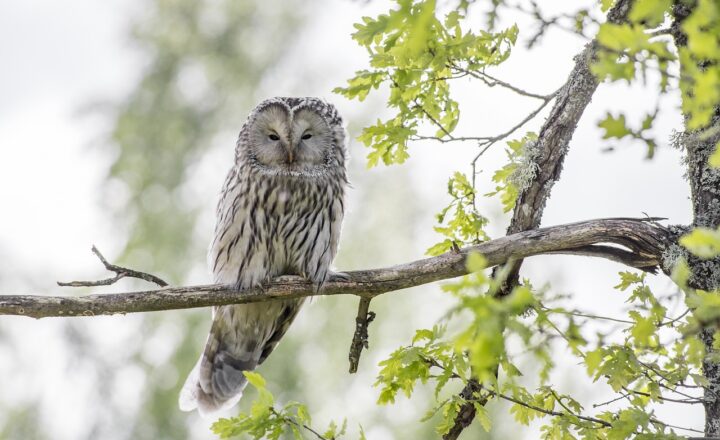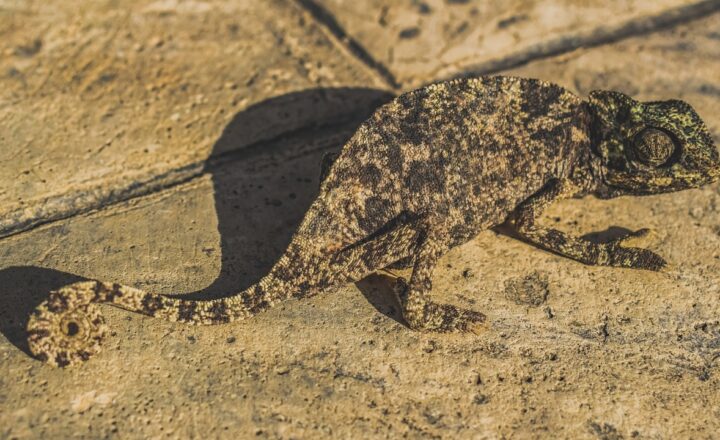The Most Fascinating Wildlife Adaptations That Ensure Survival in the Harshest Environments
November 16, 2024

Nature’s resilience has always inspired awe, and nowhere is that more evident than in the extraordinary adaptations found in wildlife. Over millions of years, animals have evolved remarkable traits that allow them to thrive in some of the most unforgiving environments on Earth—from scorching deserts to icy tundras and treacherous mountain ranges. This article explores some of the most fascinating wildlife adaptations, delving into the features that enable organisms to endure extreme conditions in their habitats.
1. The Desert’s Marvels: Surviving in Drought
Deserts are environments characterized by minimal rainfall, extreme temperatures, and limited food resources. Yet, various animals have developed unique adaptations to survive and thrive.
– **The Fennec Fox**: This small fox, native to the Sahara Desert, has large ears that dissipate heat and keep it cool. Fennec foxes are nocturnal, avoiding the scorching daytime temperatures, and they obtain moisture from the small prey they consume, reducing the need for water.
– **The Kangaroo Rat**: The kangaroo rat can survive without ever drinking water. It extracts moisture from the seeds it eats and has highly efficient kidneys that minimize water loss through urination.
– **The Horned Lizard**: Found throughout the arid southwestern United States, horned lizards can blend in with sandy environments and have the ability to shoot blood from their eyes as a defense mechanism against predators.
Each of these adaptations showcases the incredible ingenuity of nature in ensuring survival under harsh conditions.
2. Ice-Cold Survivors: Thriving in Freezing Climates
The polar regions may seem barren, yet they are home to extraordinary wildlife, equipped with adaptations for surviving the cold and scarce food sources.
– **The Arctic Fox**: Equipped with a thick, warm coat, the Arctic fox has small ears and a compact body, which minimizes heat loss. Its fur changes color with the seasons, providing camouflage against snow in winter and tundra in summer.
– **Emperor Penguins**: These iconic birds have physiological adaptations that enable them to endure extreme cold. Their feathers trap air, providing insulation, while their social behavior of huddling in groups minimizes exposure to icy winds.
– **Walrus**: With their blubbery bodies, walruses have a thick layer of fat that insulates them from the cold. They are also equipped with long tusks, which they use for hauling themselves onto ice and for protection against predators.
These remarkable adaptations allow these animals to thrive despite some of the most challenging environmental conditions.
3. Mountain Dwellers: Life at High Altitudes
Mountains present unique challenges such as thinner air, lower temperatures, and rugged terrain. Certain wildlife possess specialized adaptations to survive in these elevations.
– **Snow Leopards**: Perfectly suited for life in the mountains, snow leopards have thick fur, large paws that act like snowshoes, and long tails used for balance and maintaining stability on steep terrains.
– **Andean Condor**: As one of the largest flying birds in the world, these majestic creatures have adaptations for soaring at extreme heights in the Andes. Their wings are long and broad, enabling them to glide on thermal currents with minimal energy expenditure.
– **Bar-headed Goose**: Notable for migrating over the Himalayas, bar-headed geese have adapted to the thin air by possessing a higher density of blood cells that carry oxygen more efficiently.
The adaptations of these mountain-dwelling species are incredible examples of nature’s ability to innovate under pressure.
4. Life in the Depths: Adapting to Aquatic Habitats
Aquatic environments come with their own set of challenges, including pressure, temperature extremes, and varying levels of light. Many species have evolved fascinating adaptations to survive these conditions.
– **The Deep-Sea Anglerfish**: Known for its bioluminescent lure, the anglerfish attracts prey in the dark depths of the ocean. Its unique mouth structure allows it to swallow prey larger than itself, ensuring that it can thrive in a resource-scarce environment.
– **The Pygmy Seahorse**: These tiny fish are among the smallest in the ocean and have evolved to mimic the color and texture of their coral habitats, providing perfect camouflage against predators.
– **The Sperm Whale**: As the largest toothed predator, sperm whales are equipped with specialized adaptations that allow them to dive deep into the ocean to hunt for squid, including the ability to hold their breath for up to 90 minutes.
The ability of these species to thrive in extreme aquatic environments is a testament to the adaptability and resilience of wildlife.
5. Forest Survivors: Adaptations for Life in Canopy Layers
Dense forests house incredible biodiversity, and animals in these habitats exhibit unique adaptations to navigate and thrive in complex environments.
– **Sloths**: With long limbs and a slow metabolism, sloths are perfectly adapted for life in the trees. Their green algae-covered fur helps them blend into the forest canopy and provides camouflage from predators.
– **Tree Frogs**: Many species of tree frogs have evolved suction cups on their toes that allow them to climb and adhere to leaves and branches, making it easier to escape threats and hunt for insects.
– **Orangutans**: These intelligent primates possess long arms for swinging between branches and have developed tools to help them access food, exhibiting remarkable problem-solving skills that enhance their chances of survival.
The adaptations of forest-dwelling creatures illustrate how species have evolved to use their environment effectively.
Conclusion
Wildlife adaptations are a phenomenal testament to nature’s ingenuity and resilience. These extraordinary features demonstrate how various species have not only survived but thrived in environments that many would consider inhospitable. Understanding these adaptations sheds light not only on the challenges faced by wildlife but also on the vital importance of biodiversity and conservation efforts to protect these remarkable creatures and their habitats.
As we face increasing environmental changes, learning from the adaptations of wildlife can provide critical insights into how we can better coexist with our planet’s ecosystems.








